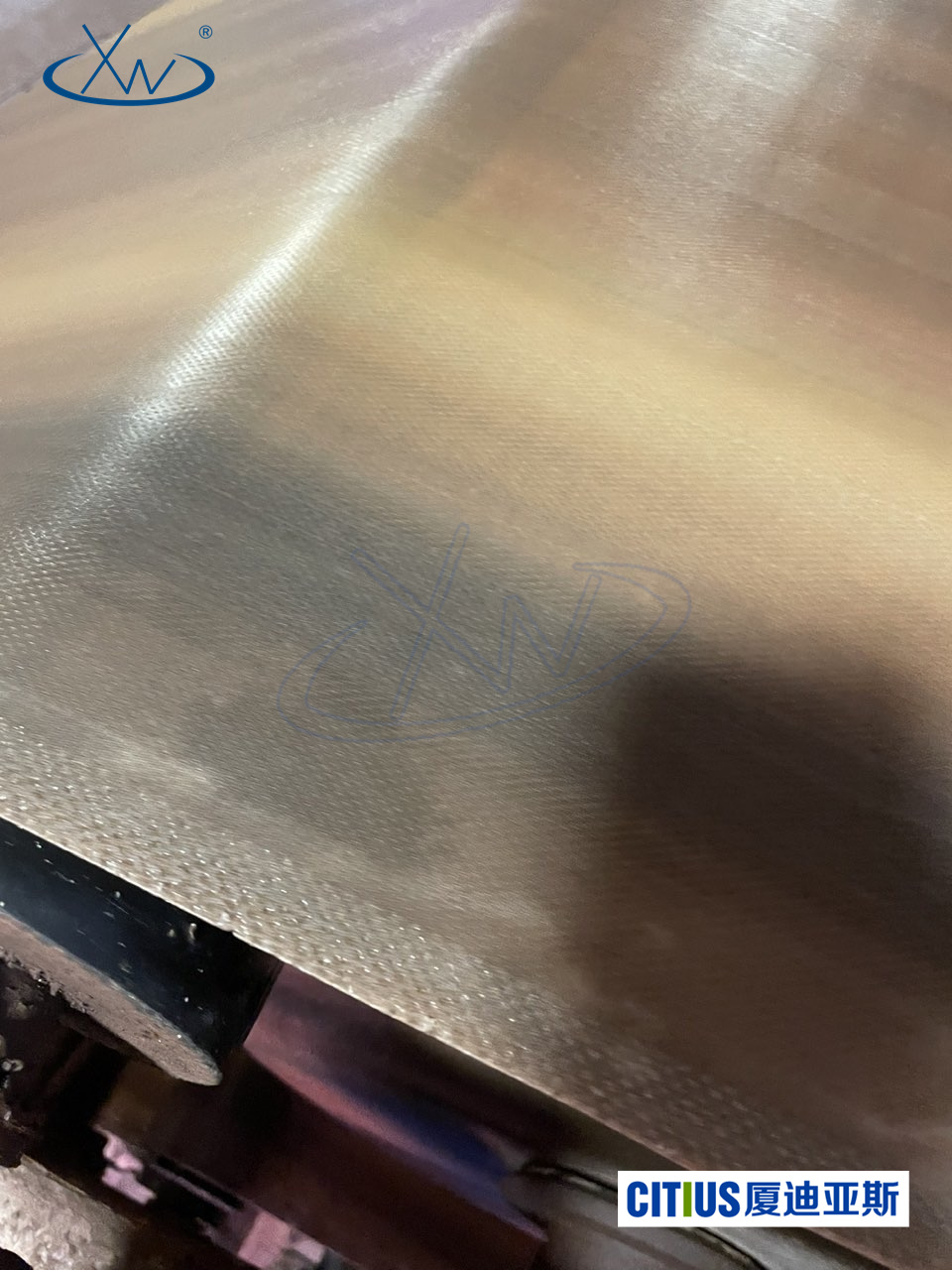










Xiamen Citius | Industrial Filter Cloth Application Case Horizontal Vacuum Belt Filter Cloth for Desulfurization in Steel Plant Sintering,nanofiltration belt
Share to
Detailed Description
Sintering PlantIt is an important production unit in the steel smelting industry, whose main function is to convert iron ore powder, coke powder, flux (such as limestone, dolomite, etc.), and other powdered materials into lump sinter through the sintering process, in order to meet the requirements of the blast furnace for raw materials. Sintered ore has high strength, good permeability, and uniform chemical composition, making it an ideal raw material for blast furnace production.
Core Process Flow of the Sintering Plant
The production process of a sintering plant typically includes the following steps:
Batching:
Mixing iron ore powder, fuel (usually coke powder), flux, recycled dust, etc., in a certain proportion.
Mixing and Granulation:
After adding moisture, mix to ensure uniformity and form particles of a certain size.
Distribution and Ignition:
Evenly spread the mixed material on the sintering machine's pallet and ignite the surface of the fuel layer using an ignition furnace.
Sintering:
Using the high-temperature, high-pressure air flow generated by the lower blast system, the fuel in the material layer burns completely, producing sintered ore under high-temperature conditions.
Cooling and Crushing:
The sintered ore blocks are cooled and crushed to separate out the qualified lump sintered ore.
Screening and Conveying:
Convey the qualified sintered ore to the blast furnace while returning powdered materials to the sintering system for recycling.
Role and Significance of the Sintering Plant
Improving Raw Material Utilization Rate:
The sintering process can convert iron ore powder into lump ore, making it suitable for blast furnace ironmaking needs, significantly reducing raw material waste.
Improving Blast Furnace Operating Conditions:
The permeability and strength of lump sintered ore are more suitable for blast furnace operations, helping to stabilize furnace conditions and improve smelting efficiency.
Comprehensive Resource Utilization:
The sintering plant can utilize recycled dust, low-grade ore powder, and other secondary raw materials to achieve resource recycling and reduce waste.
Reducing Production Costs:
Sintered ore has a uniform chemical composition and high reducibility, which reduces the consumption of coke in the blast furnace, thereby lowering overall production costs.
Environmental Challenges of the Sintering Plant
Although the sintering plant is crucial for steel production, its high energy consumption and pollutant emissions (such as dust, sulfur dioxide, and nitrogen oxides) also pose environmental pressures. Modern sintering plants are usually equipped with the following environmental protection devices:
Dust Removal System: Bag filters or electrostatic precipitators to reduce dust emissions;
Desulfurization and Denitrification Equipment: To reduce the content of sulfur oxides and nitrogen oxides in waste gas;
Waste Heat Recovery System: To generate electricity or provide heat using high-temperature waste gas from the sintering process, improving energy utilization efficiency.
Conclusion
The sintering plant is a key link in the steel industry chain, providing high-quality sintered ore raw materials for blast furnace ironmaking. By optimizing the sintering process and strengthening environmental governance, modern sintering plants are gradually transforming towards a green and low-carbon direction while ensuring the steel production needs.
In the world of filtration technology, a remarkable innovation has emerged - the nanofiltration belt.The nanofiltration belt is a game - changer in various industries. It is engineered with precision, utilizing advanced nanotechnology. This belt is designed to offer highly efficient filtration capabilities at a microscopic level.

Manufactured with state - of - the - art materials, the nanofiltration belt can effectively separate particles, molecules, and even ions with high selectivity. In the water treatment industry, it has proven to be a powerful tool. It can remove contaminants such as heavy metals, organic pollutants, and harmful microorganisms from water sources, providing clean and safe water for domestic use, industrial processes, and environmental protection.
Moreover, in the food and beverage industry, the nanofiltration belt plays a crucial role. It can be used for clarification, concentration, and purification of various products. For example, in the production of fruit juices, it can remove impurities while retaining the essential nutrients and flavors, enhancing the quality of the final product.
In the pharmaceutical sector, the high - precision filtration of the nanofiltration belt is invaluable. It can be used in drug purification processes, ensuring that medications are free from unwanted substances and are of the highest quality.
The nanofiltration belt also has the advantage of being durable and long - lasting. Its robust construction allows for continuous operation in demanding industrial environments without frequent replacement, thus reducing operational costs.
Researchers and engineers are continuously working on improving the nanofiltration belt, exploring new applications and enhancing its performance. With its potential to revolutionize filtration across multiple industries, the nanofiltration belt is set to become an essential component in modern - day filtration systems.